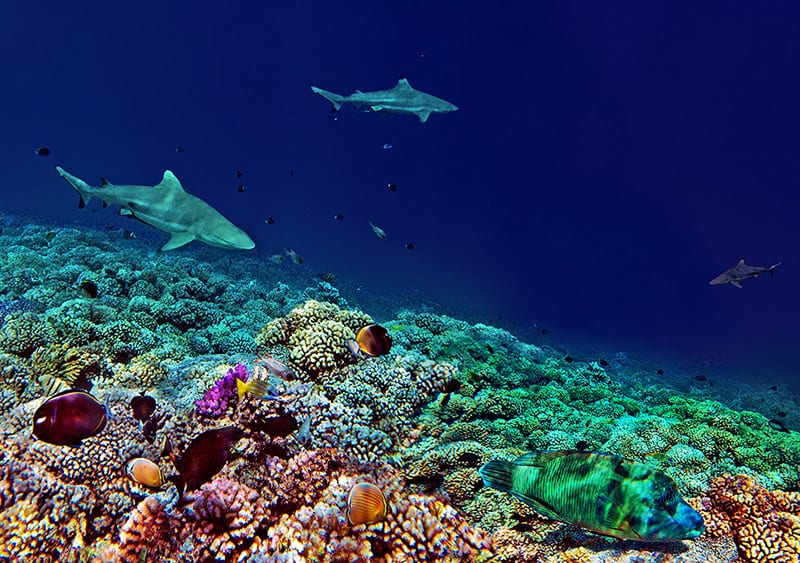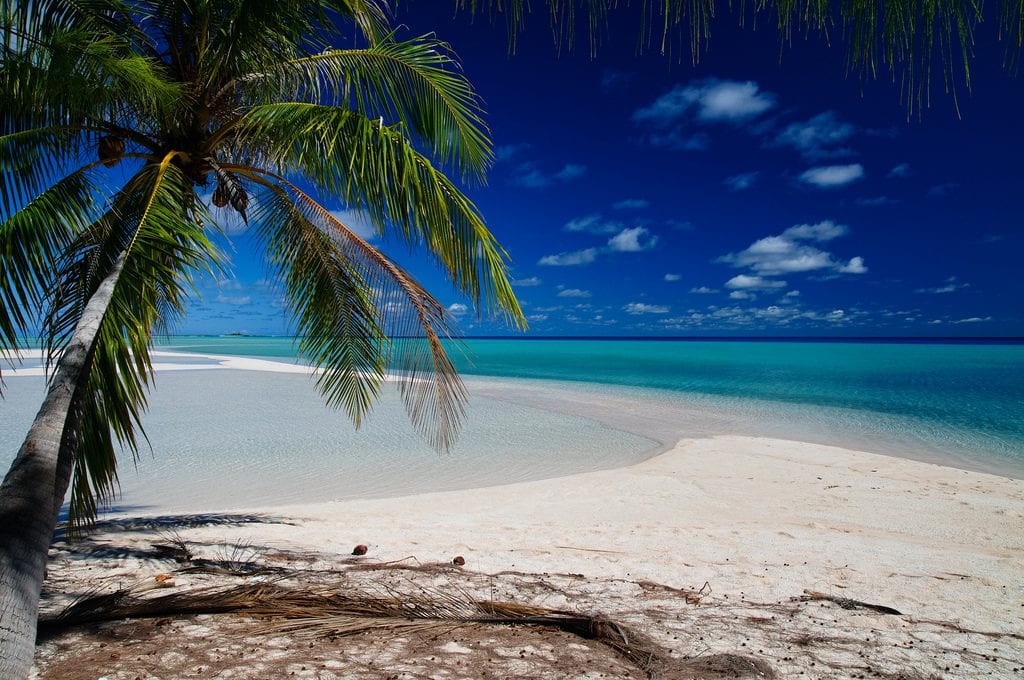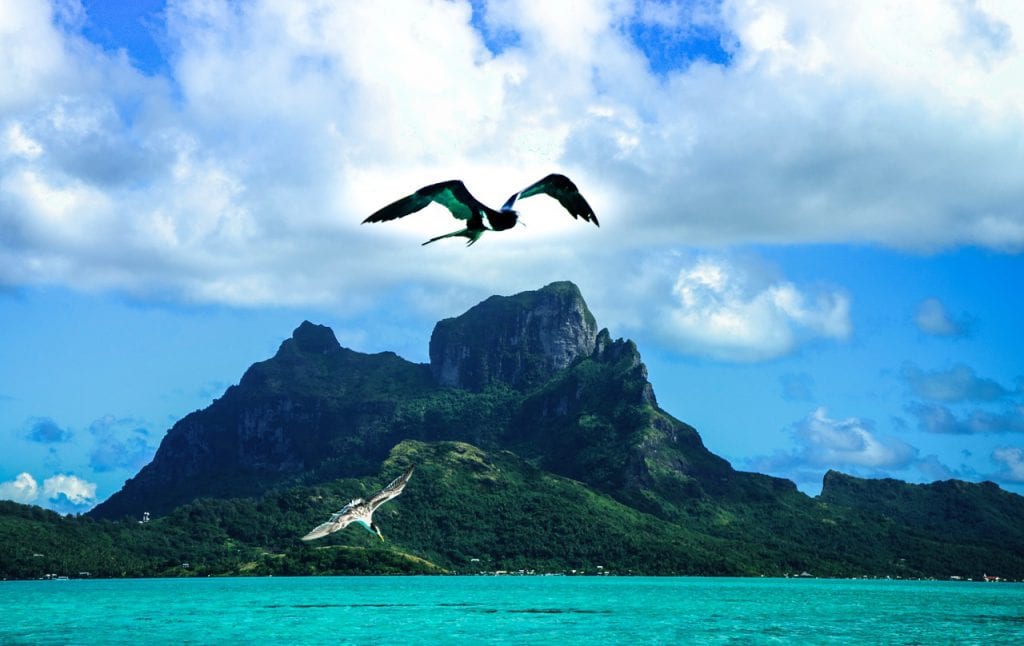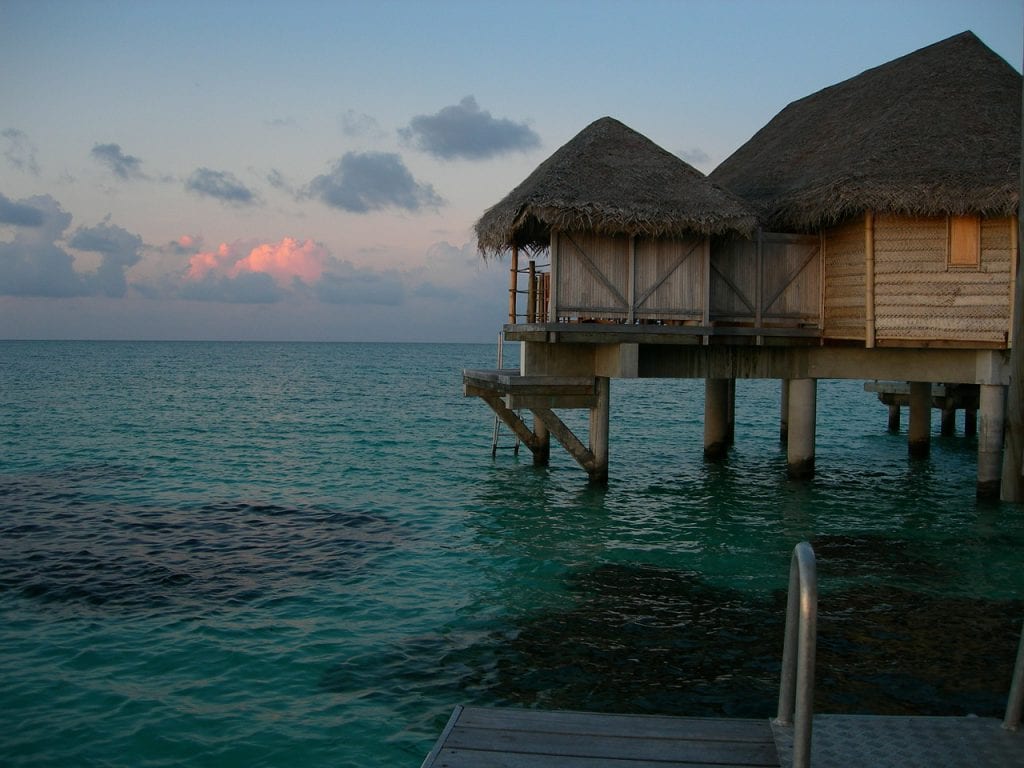
The Exotic Islands of French Polynesia
Appearing on a map as minute green specs in the South Pacific, the countless islands of French Polynesia are spread across five archipelagos. Like gems in a crown, each island stands proud no matter its size and the waterfalls, dense jungle and desert plateaus bring each to life.
Whilst there are a number of airlines which venture to French Polynesia, Air Tahiti is relied upon for island hopping as the regions only domestic provider. To avoid cyclones, visit between May and October. So, now we have everything sorted, which island shall we explore first?
Bora Bora
The volcanic island of Bora Bora is one of the most popular luxury escapes in the world. The aquamarine waters which surround the island are protected by coral reefs and Bora Bora is celebrated for its unparalleled scuba diving experiences. Despite its popularity, the island is still one of the most secluded on earth. The island of Hawaii gets more visitors in 10 days than the whole of French Polynesia gets in one year.
Bora Bora started life as a stopover for traders and colonists in the fourth century and remained independent until it was occupied by the French in 1888. Despite its tranquillity and beauty, Bora Bora served as a military base for the United States in World War Two.
Despite being just 11.3 square kilometres in size, Bora Bora has a varied landscape. As the crystal-clear oceans give way to golden sands and foliage covered cliffs, jungle encapsulates the island. Exploding from the lush green undergrowth are two distinct black stone peaks; Mount Pahia and Mount Otemanu – both the result of Bora Bora’s volcanic past.
Due to the island once being home to an active volcano, there are no animals or insects on Bora Bora. The only critters to inhabit the island are livestock and pets shipped across. This means no snakes or huge insects which many tropical islands have to put up with!
Mo’Orea
This is the island that many have seen in photographs, but never heard of. Just northwest of Tahiti is the incredible Mo’Orea island. Despite the rigmarole of getting there (flight changes and ferries) setting foot upon this The Blue Lagoon-esque idyll makes the fatigue worth it. Voted as the third-best island in the world, this hidden paradise is other-worldly.
Like Bora Bora, the coral and aquatic life are incredible off of the island’s shores and Lagoonarium de Moorea is a protected stretch of water where you can see one of the most vibrant coral reefs in the world. Amongst the kaleidoscope of fish swimmers can expect to see rays and sharks also.
Whilst many take the opportunity to relax in Mo’Orea’s luxury resorts, many stay in the more affordable guest houses which allow a different perspective on French Polynesian life. In these untouched corners of the island visitors can obtain a true reflection of the laid-back Tahitian lifestyle and the warm French Polynesian people.
Mo’Orea is crowned by eight voluminous mountain peaks, covered in thick green jungle. Part of the island’s allure is that it is unlike any other throughout the Tahiti archipelago and is a considered a marvel of nature. Whether you favour the land or the ocean, there are countless activities to indulge in whilst visiting Mo’Orea. Whale watching, dolphin watching, hiking, and kayaking are some of the favourites of guests.
 Fakarva
Fakarva
A small atoll in the west of the Tuamotu, Fakarava is known for its diverse ecosystem. The island is home to so many rare species of flora and fauna that it is marked as a UNESCO Biosphere Reserve. Unlike the majority of French Polynesian islands which have guest bungalows on stilts standing in the ocean, this is banned in Fakarava to protect the delicate coral. This means the coast is untouched and a popular location for divers who want to escape any form of tourism.
With only 400 people living on the island of Fakarava, it is definitely a tropical escape. However, it also presents a unique opportunity to learn about the pearl trade. The top export of French Polynesia is pearls. However, these precious items are often harvester trough ways in which damage the environment or as a way of attracting tourists. In Fakarava, visitors can learn about French Polynesia’s pearl trade and see how they are ethically farmed with zero damage to the environment.
 Mangareva
Mangareva
Free of luxury resorts, Mangareva is one of the most secret gems of French Polynesia and is at the heart of the Gambier Islands. With only one flight heading to the island per week, you can guarantee yourself a quiet getaway.
Mangareva stems from Catholic roots, when it became a hub for missionaries back in the 19th century. Rikitea, a village on the eastern coastline of the island echoes its religious history still. St Michael’s Cathedral is a neo-Gothic structure that has stood since 1848. The limestone structure has been well maintained and the mother of pearl inlay of the church’s interior is still impressive to this day. The village of Rikitea is strewn with countless stone ruins from the era, including watchtowers, arches, and a prison.
Mangareva is a triangle shape and it is the peak of Mount Duff which forms the highest point. It is also known as Aurotini and has an elevation of 1,447 feet above sea level. The panoramic views from the top are breath-taking if you can endure the two-hour ascent which, at times, can be a little steep. However, the entire route is shaded so you will remain cool whilst you trek.


